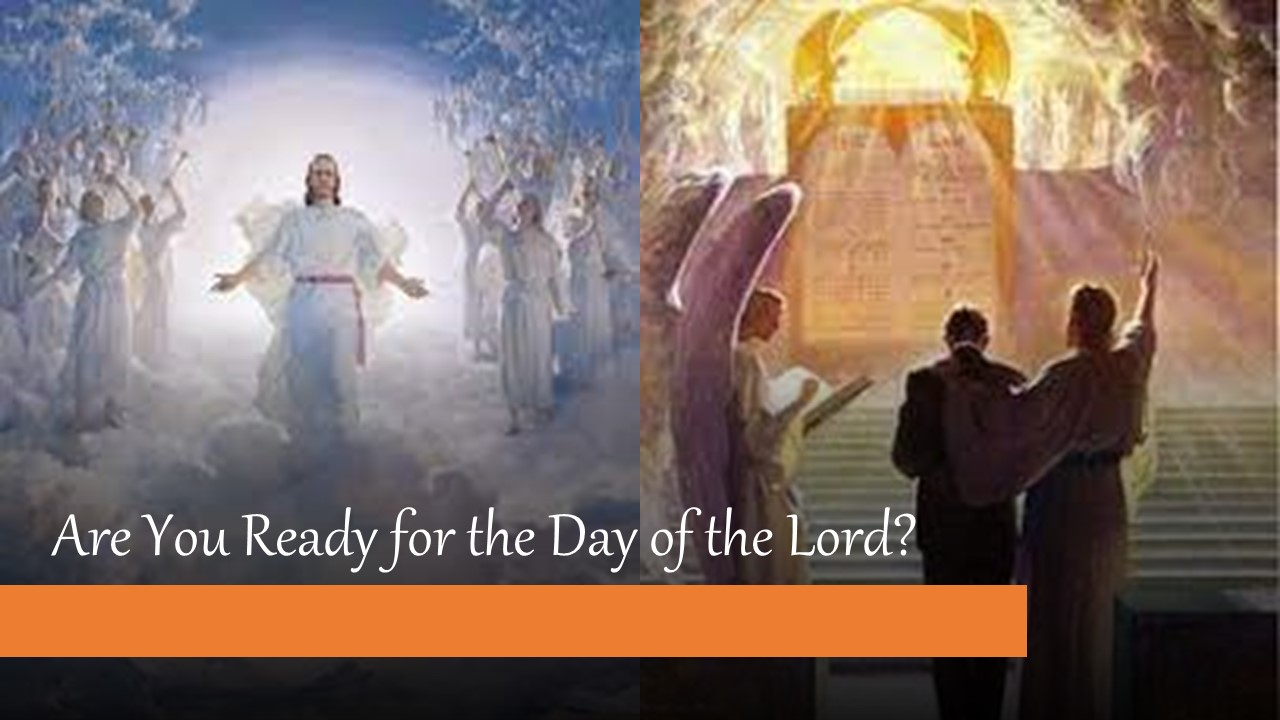In Daniel 2, we encounter a profound narrative where King Nebuchadnezzar's troubling dream is interpreted by Daniel, a young Hebrew captive endowed with a divine gift. The dream features a statue composed of various materials, symbolizing successive world empires, and a stone "cut out without hands" that destroys the statue and fills the earth. This vision serves as a historical map and a beacon of hope, illustrating the transient nature of human empires and the permanence of God's kingdom. The gold head represents Babylon, followed by the silver chest and arms signifying the Medo-Persian Empire, the bronze belly and thighs depicting Greece, and the iron legs symbolizing Rome, with the feet of iron and clay representing divided Europe. These empires, marked by their strength and eventual decline, highlight the inevitability of change and the sovereignty of God's eternal kingdom, established not through human power but divine intervention. This prophecy, transcending its historical context, calls believers to faithfulness and vigilance, living in anticipation of God's unshakeable kingdom.

The gifts given at Christmas are symbolic of the tributes made to the baby Jesus by the Wise Men after his birth. The Bible...

In today’s “Best of Replay,” we rebroadcast Episode 551 from January 2023: “Happy New Year.” A new year often affords us the opportunity to...

“The day of the Lord” is a phrase found frequently in Old Testament judgment passages. It describes a decisive, “end-time” intervention by God, with...